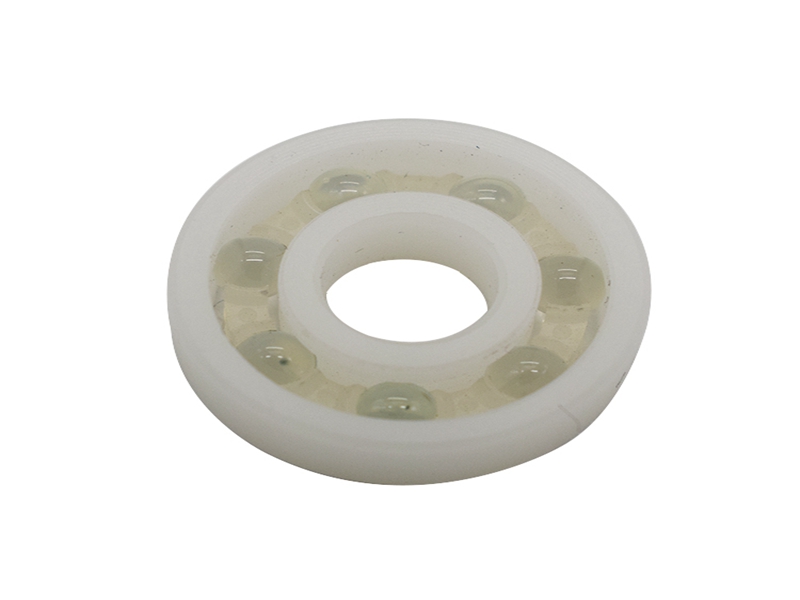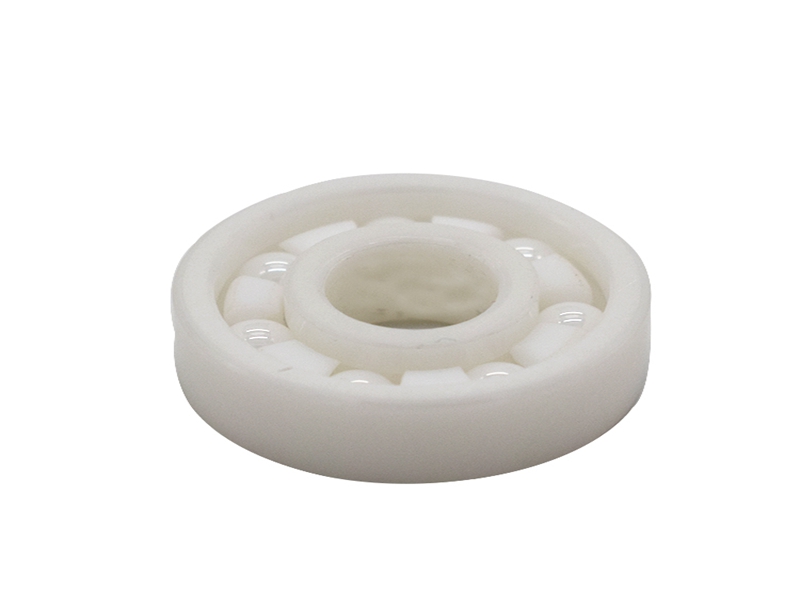The ball valve has a motion of 90 degrees of rotation, the body of the plug is a sphere, with a circular through hole or passage through its axis. The ball valve is mainly used in the pipeline to cut, distribute and change the flow direction of the medium. It only needs to be rotated 90 degrees and the torque can be closed tightly. The ball valve is most suitable for use as a switch or shut-off valve. The ball valve can be divided into: carbon steel ball valve, stainless steel 304 ball valve, 316 ball valve and copper ball valve and cast iron ball valve. Widely used in petroleum, chemical, power generation and other departments, is made of stainless steel, stainless steel ball valve products have strong anti-corrosion characteristics, simple structure, compact and reliable. Seven advantages of the ball valve 1. The fluid resistance is small, and the drag coefficient is equal to the pipe length of the same length; 2. Simple structure, small size and light weight; 3. It is close and reliable. At present, the sealing surface material of the ball valve is widely used in plastic and has good sealing performance. It has also been widely used in vacuum systems. 4, easy to operate, open and close quickly, from full open to full off as long as rotated 90 °, easy to control over long distances; 5, the maintenance is convenient, the ball valve structure is simple, the sealing ring is generally active, and it is convenient to disassemble and replace; 6. When fully open or fully closed, the sealing surface of the ball and the valve seat is isolated from the medium, and when the medium passes, it will not cause erosion of the sealing surface of the valve; 7, the ball valve has a wide range of applications, from small to a few millimeters, up to 1.2 meters, from high vacuum to high pressure can be applied. These seven advantages of the ball valve make it the most versatile valve in the industry. |
ã€statement】: The above articles or materials are collected by the parties or recommended by netizens, except for those indicated by Shanghai Haoli Valve Co., Ltd. The contents of the excerpts are for sharing and research purposes, and there is no commercial consideration. At present, some articles on the website do not indicate the author or source, and even mark the error. Such situations do not disrespect the author and the source website, but because some sources of information are not standardized. If you have an original author or netizen who knows the author or source, please let us know that this website will immediately correct the notice and apologize to the author. If there is any objection to the extracted object, please contact the website and contact the email address: The station will immediately withdraw after confirmation. Thank you for your support and understanding! |
The full ceramic ball bearings listed below are supplied with rings and balls made from zirconium dioxide (ZrO2). These zirconia bearings are available as full complement (no cage) or with cages made from PTFE, PEEK or 316 stainless steel.
These are non magnetic, non-conductive and highly corrosion resistant to most chemicals although ZrO2 bearings are not recommended for prolonged contact with steam. Full complement bearings or those with a 316 stainless cage can be used up to 400°C while bearings with a PEEK or PTFE cage can cope with temperatures of up to 250°C. For temperatures below -70°C, PTFE or 316 stainless steel cages are preferred. Standard radial clearance for full ceramic bearings is C0 but other clearances can be supplied to order.
ZrO2 ceramic bearings are generally used for their extreme temperature capabilities, excellent corrosion resistance or non-magnetic properties. Other sizes can be supplied on request.

The Description of Ceramic Bearings:
Compared to steel, Ceramic ball Bearings have many specific advantages. They offer superior corrosion and heat resistance, higher dimensional stability, and lower density, which facilitate high speed. Ceramics are superior to steel in heat and corrosion resistance, and are lightweight and extremely hard as well. Consequently, ceramic rolling bearings can be used in environments where conventional steel bearings cannot. That is to say, the superiority of these bearings makes it possible that they can be applied in some special environments.
Firstly, they can be used in corrosive environments. Compared to stainless steel bearings, hybrid and all Ceramic Bearing lasted three and twenty times longer respectively. It is presumed that water readily adheres to silicon nitride and forms a better lubrication film, leading to extended bearing life.
Secondly, they can be performed in corrosive agents. Generally, silicon nitride has excellent corrosion resistance. However, corrosion resistance varies depending on the type and quantity of sintering additives, and certain corrosive agents decrease in hardness and flexural strength. In such situation, it is can be proved that the carbide-based ceramic bearings are the most effective.
Thirdly, they can be used in high-temperature vacuum. An all-silicon nitride Ball Bearing with a self-lubricating laminated cage (mainly composed of MoS2) and with MoS2-coated rings and balls proved superior in durability in a high-temperature vacuum environment. Compared with the hybrid bearings, the all-ceramic bearing was superior in both dynamic frictional torque and life.
Fourthly, they can be performed with poor lubrication. As ceramics are extremely hard and have outstanding wear resistance, they outperform other materials in bearing life without lubrication. According to a test, the steel bearing seized within a short period while the hybrid and all 627 Ceramic Bearings, though sustaining wear, did not. And the all-ceramic bearing sustained considerably less wear than the hybrid bearing, indicating that its endurance life is much longer.
Cermic Ball Bearing,Full Ceramic Bearing,Hybrid Ceramic Bearing,Self-Aligning Full Ceramic Ball Bearing
Shijiazhuang Longshu Mechanical & Electrical Equipment Trading Co., Ltd. , https://www.longsbearings.com
![<?echo $_SERVER['SERVER_NAME'];?>](/template/twentyseventeen/skin/images/header.jpg)